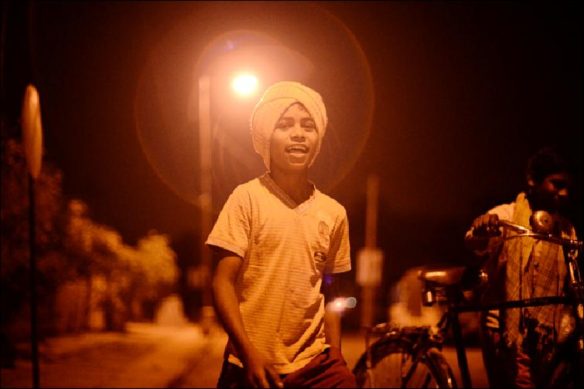Child labour law amendment: Much work to be done
Posted on May 15, 2015
On Wednesday, the Union Cabinet approved a proposal to ban the employment of children under the age of 14 years in a commercial outfit. Keeping in mind the “social fabric and socioeconomic conditions” of the country, a ministry press note said the Cabinet makes an exception for work done by the child in his or her family or family enterprise after school or on vacation, provided the work is not hazardous. This is basically an approval from the ministry of labour and employment to make changes to the existing Child Labour Amendment Bill, 2012, which, in turn, was meant to improve the Child Labour Prohibition and Regulation Act, 1986.
When it states prevailing “socioeconomic conditions”, the government appears to have finally recognised that the child labour conversation has two sides to it: the demand and the supply side. While it is recognising that the roots of child work are embedded in poverty, it still does not respond to it except with a blanket ban. The law — from 1986 to now — speaks nothing of preventive measures, provisioning other choices for the child or re-imagining accessible and appropriate education. Without addressing reasons for why children work in difficult circumstances, the ban just implies a continuation of the simplistic, and often deeply traumatising, experience of ‘raid and rescue’ of working children and then institutionalisation in rescue homes.
The law also continues to penalise parents for ‘allowing’ children to work without regard to their impoverishment or other circumstances. Multiple studies have shown that this onepoint solution to the issue of harmful work has no efficacy. Instead, it leads to greater violations of the basic rights and dignity of children, and even ends up criminalising them. The new change also makes some arbitrarily picked exceptions to spaces where children might continue work: in family or family-based enterprises, and the entertainment industry. It explains this by stating that “children also learn the basics of occupations”. All work is not harmful and, indeed, work can also be educative for children, teaching life skills, values and instilling confidence. The exceptions the government makes, however, are deeply problematic. It has been well recognised in the child labour discourse that work at home is not necessarily devoid of exploitation or subjugation. In fact, family enterprises undertake a lot of outsourced potentially hazardous work.
Also, they’re often the site of reproducing occupational caste-based work: for instance, a cobbler’s son a cobbler. Exempting the entertainment industry, which has shown a huge potential for exploitation through commodification and commercialisation of children, is worrisome. Lack of clarity on how the sector is to be regulated for age-appropriate material or work environment, leaves one unsure of why this exception has been made at all. The 2012 Bill recognises the 14-to-18-year-olds as adolescents, and regulates their work space. This is long required, but not enough. Just as the amendment aligns with the Right to Education Act for under-14s, adolescent needs must also be taken into account.
Even if allowed to work in non-hazardous situations today, systems must ensure that this work leads to an augmentation of skills and is supported by other educational structures such as evening schools and colleges. The Apprenticeship Act of 1960, in particular, if revamped and made childrights friendly, could be considered as asuitably supportive framework. There is no doubt that children should not be undertaking work that is harmful to their physical and mental well-being. But to make this goal a social reality, the government must incorporate the nuances involved. Children work because of poverty, adult unemployment, huge urban-rural divides or defunct schools. The last 30 years have shown us that just removing children from work situations and compelling them to join schools not geared to their developmental needs doesn’t mend the situation.
We need to abandon piecemeal changes to the child labour law and boldly bring forth a law that is based on the child rights framework. It should consider not only the demand side of the conversation, but also work towards creating mechanisms that respond to the needs of children in the real world. Decentralised solutions are more likely to work. If each panchayat or municipality addressed the needs and causes of the manageable number of children under its purview, the system could tailor-make responses for each child or village. The 2011 census says four million Indian children work. But many more are invisible. Without the enabling options to change their reality, a child labour ban will make more children become further invisible — and, therefore, more vulnerable to exploitation.
By Arpita Joshi & Kavita Ratna
This article was published in The Economic Times, 15 May 2015



